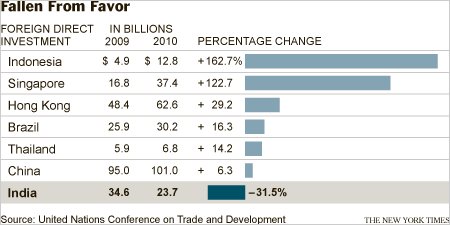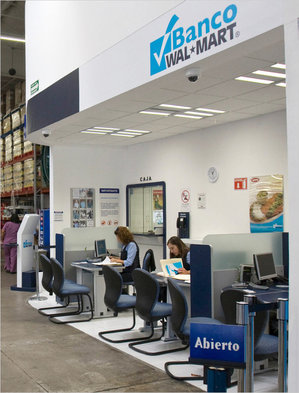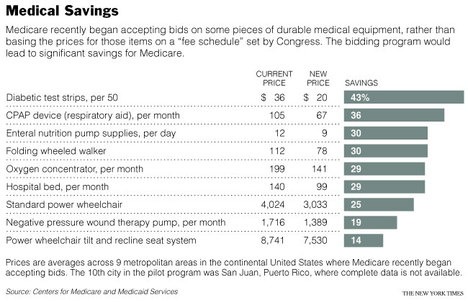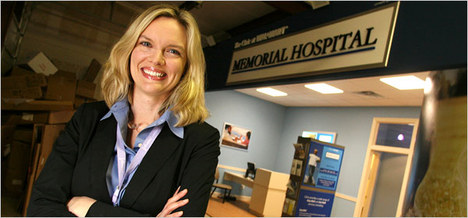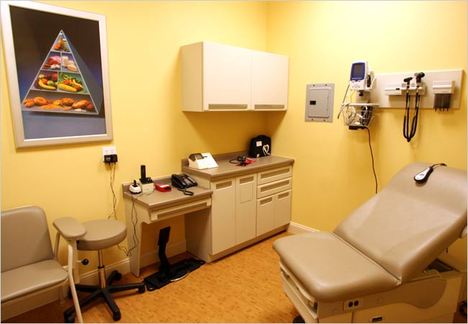(p. 40) So where is Ames at the time of this writing, in 2008?
Dead. Gone. Never to be heard from again. Wal-Mart is alive and well, #1 on the Fortune 500 with $379 billion in annual revenues.
What happened? What distinguished Wal-Mart from Ames?
A big part of the answer lies in Walton’s deep humility and learning orientation. In the late 1980s, a group of Brazilian investors bought a discount retail chain in South America. After purchasing the company, they figured they’d better learn more about discount retailing, so they sent off letters to about ten CEOs of American retailing companies, asking for a meeting to learn about how to run the new company better. All the (p. 41) CEOs either declined or neglected to respond, except one: Sam Walton.
When the Brazilians deplaned at Bentonville, Arkansas, a kindly, white-haired gentleman approached them, inquiring, “Can I help you?”
“Yes, we’re looking for Sam Walton.”
“That’s me,” said the man. He led them to his pickup truck, and the Brazilians piled in alongside Sam’s dog, Ol’ Roy.
Over the next few days, Walton barraged the Brazilians with question after question about their country, retailing in Latin America, and so on, often while standing at the kitchen sink washing and drying dishes after dinner. Finally, the Brazilians realized, Walton-the founder of what may well become the world’s first trillion-dollar-per-year corporation-sought first
and foremost to learn from them, not the other way around.
Source:
Collins, Jim. How the Mighty Fall: And Why Some Companies Never Give In. New York: HarperCollins Publishers, Inc., 2009.


